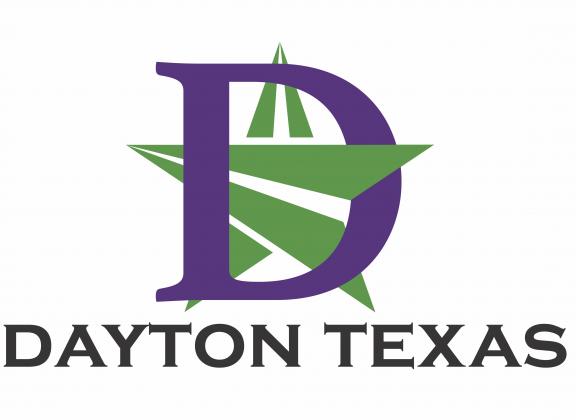City addresses concerns with ordinance update

The City of Dayton recently updated its animal control ordinance to take into account the varied nature of neighborhoods and property types within the city limits.
Understanding that not every part of the city is made up of neighborhoods or subdivisions, the City recognizes that the keeping of animals, including livestock, is a part of the city’s historical landscape. Updating the ordinance to protect the health, safety, and well-being of both residents and livestock was an important consideration for city leaders.
Under Texas law, new ordinances related to land usage cannot restrict the current usage of property. In other words, the restrictions on use in this ordinance do not apply to current landowners with livestock in the city. This means they will not have to change anything to be in compliance with the ordinance as long as they own the property.
The restrictions in the ordinance only apply to property owners that do not currently own livestock.
The ordinance was carefully written so as not to obstruct or prevent youth participation in programs such as the FFA or 4H, as the City recognizes the importance and benefits of these programs. City leaders are working with the school district’s agricultural instructors to ensure that this does not affect their programs. A previously proposed ordinance was brought before the council in August, however, at their request, the ordinance was revisited to take a deeper look at the city’s needs.
“When staff brought us this ordinance, we gave it a lot of consideration,” said Mayor Caroline Wadzeck. “This community has always been agriculturally-minded and we absolutely support those endeavors, especially our students involved with the 4H and the FFA. Working together, we can continue to be a community that supports our agricultural roots, while encouraging quality neighborhoods and responsible animal ownership.”

